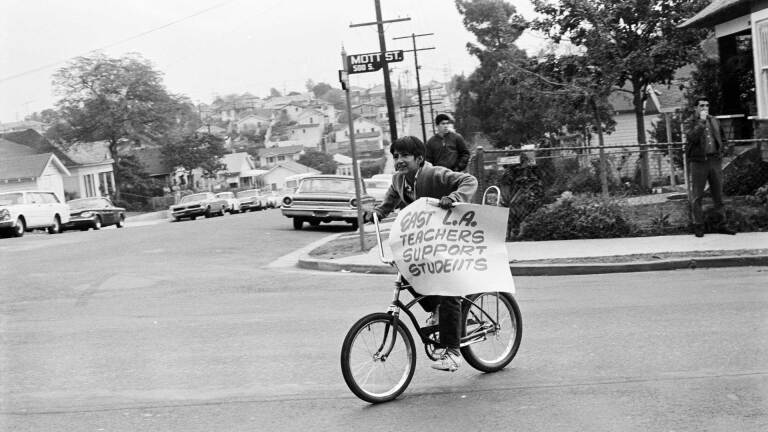Learn About the Movement from Those Who Lived It
Discover More

57:10
In East L.A. during the 1960s and 1970s, a group of young activists used creative tools like writing and photography as a means for community organizing, providing a platform for the Chicano Movement.
















![[Left] "Santa Barbara Brown Berets aka Moratorium in Maravilla" 1970. | Photo: Oscar Castillo || [Right] "Not One More (Girl with Beret)" 2016. | Photo: Rafael Cardenas](https://kcet.brightspotcdn.com/dims4/default/79cc61b/2147483647/strip/true/crop/1285x723+1+0/resize/768x432!/quality/90/?url=http%3A%2F%2Fkcet-brightspot.s3.us-east-1.amazonaws.com%2Flegacy%2Fsites%2Fkl%2Ffiles%2Fthumbnails%2Fimage%2Ffeatured_oscar_castillo_and_rafael_cardenas_photos_brown_be.jpg)